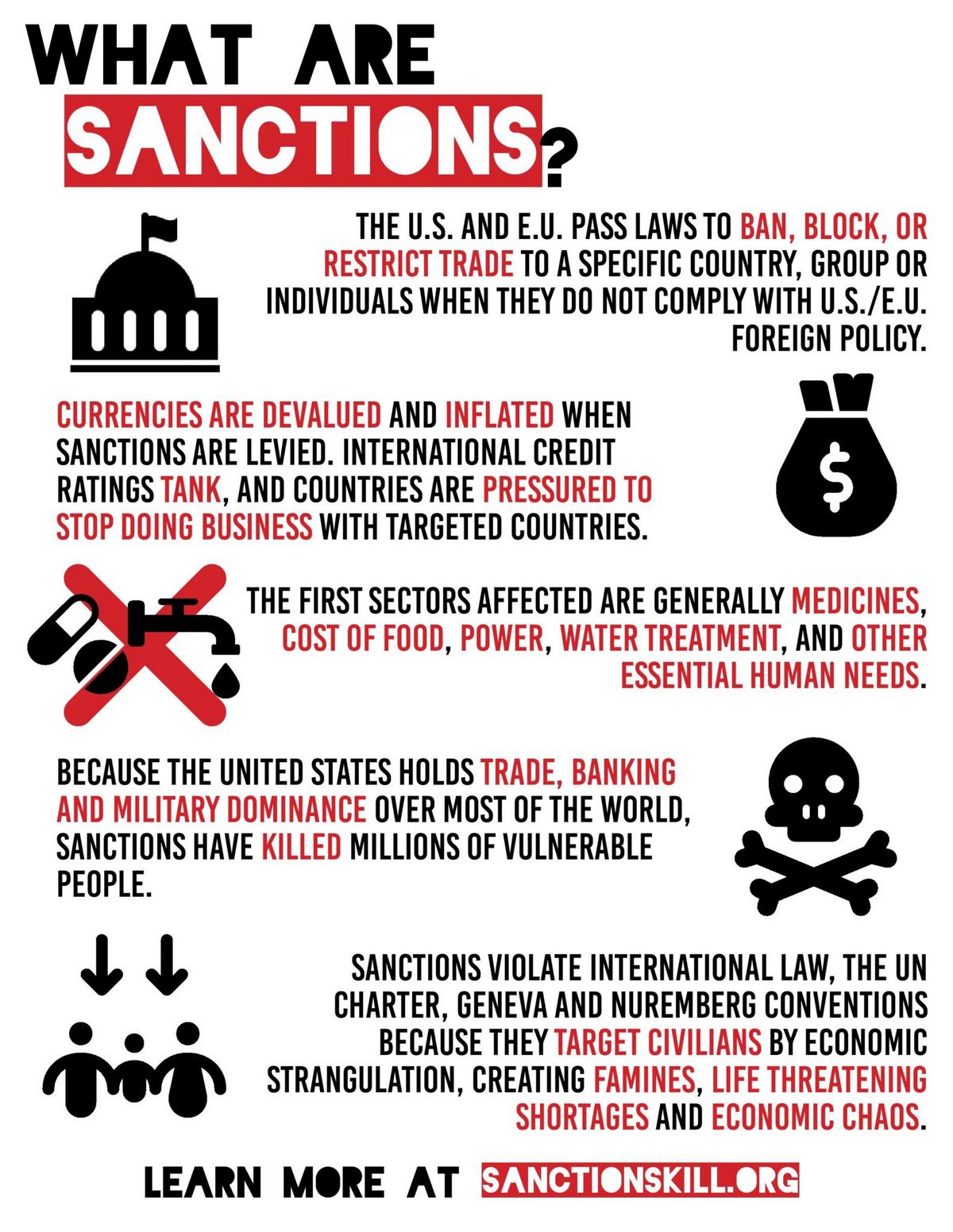Trade Sanction Definition Purpose Types and Examples

Trade Sanction: Definition, Purpose, Types, and Examples
What Is a Trade Sanction?
Trade sanctions are legal restrictions on trade with a country. They are a subcategory of economic sanctions, which are imposed to accomplish policy goals beyond the economic activity.
Key Takeaways
– Trade sanctions are restrictions on trade with a country for foreign policy reasons.
– They can be imposed to alter objectionable policies or punish them.
– Export and import restrictions are the most common type of trade sanction.
– Embargoes, which are blanket prohibitions on trade, are the most severe trade sanctions.
– Tariffs and quotas can also be used as trade sanctions, but they more frequently shield domestic producers.
Understanding Trade Sanctions
Trade sanctions can punish a particular policy or increase its costs to encourage a change in behavior. Sanctions may be unilateral, imposed by a single country, or multilateral if agreed by multiple nations. They may also be adopted by international organizations such as the United Nations Security Council.
Multilateral sanctions can be particularly effective. Even unilateral sanctions imposed by major economic powers like the U.S. can mobilize broad public support and provide an alternative to military force.
Critics of sanctions often cite the harm they can do to civilians not responsible for their government’s policies. Trade sanctions also hurt the sanctioned countries’ trade partners.
Trade Sanction Mechanisms
The most common types of trade sanctions are non-tariff barriers (NTBs) and embargoes. Non-tariff barriers may include export licensing regimes or outright bans for specified products and services. Quotas and tariffs are not typically deployed as sanctions, though they can be altered or maintained as part of a sanctions regime. Asset freezes and seizures are part of the broader economic sanctions toolbox and can certainly hinder trade, but are not specific trade sanctions.
Embargoes
An embargo is the most severe trade sanction, a general prohibition of most trade with the sanctioned country. For example, the U.S. maintains trade embargoes against Cuba, Iran, North Korea, Syria, and Russian-occupied Crimea in Ukraine, barring all imports and exports without a license authorization from the U.S. government.
Export Restrictions
Export restrictions, including licensing requirements and outright bans, typically target advanced technology transfers to government or private trade partners in a sanctioned country. They often target industries implicated in the actions under sanction and others considered valuable to the sanctioned country.
For example, in response to Russia’s invasion of Ukraine, the U.S. government in February 2022 restricted U.S. exports to Russia, as well as third-party exports using U.S. technology in various industries.
Import Restrictions
Import restrictions and bans target the import of products or services from the sanctioned country. Proposals to ban imports of Russian crude oil in response to Russia’s invasion of Ukraine shook global energy markets in March 2022. Standing European Union bans on imports of Syrian weapons and Somali charcoal have attracted less attention.
Tariffs and Quotas
Tariffs and quotas limit trade but don’t ban it entirely. They are more often used for economic motivations rather than foreign policy reasons. U.S. tariffs as a foreign policy tool expanded during the Trump administration.
Still, economic sanctions have been incorporated into U.S. tariff and quota regimes for a long time. The Jackson-Vanik amendment sought to withhold the most-favored-nation status from non-market economies restricting emigration. The amendment was repealed for China in 2000 and supplanted for Russia and Moldova by the Magnitsky Act of 2012. The amendment remains in force for other countries.
Trade quotas are a less common sanctions tool. In 1983, the U.S. cut Nicaragua’s sugar import quota by 90% as part of an effort to oust the country’s government. The quota was restored in 1990.
The Bottom Line
Western leadership in global trade and advanced technologies makes trade sanctions an attractive policy alternative to the use of force in international disputes.
The effectiveness of trade sanctions depends on their adoption by the sanctioned country’s trading partners, and the degree to which they target valuable industries and leadership. The responses of the sanctioned country are also important.
Trade sanctions can be considered effective if their outcome is preferable to the expected outcome without them, or if they merely impose costs and register disapproval.



